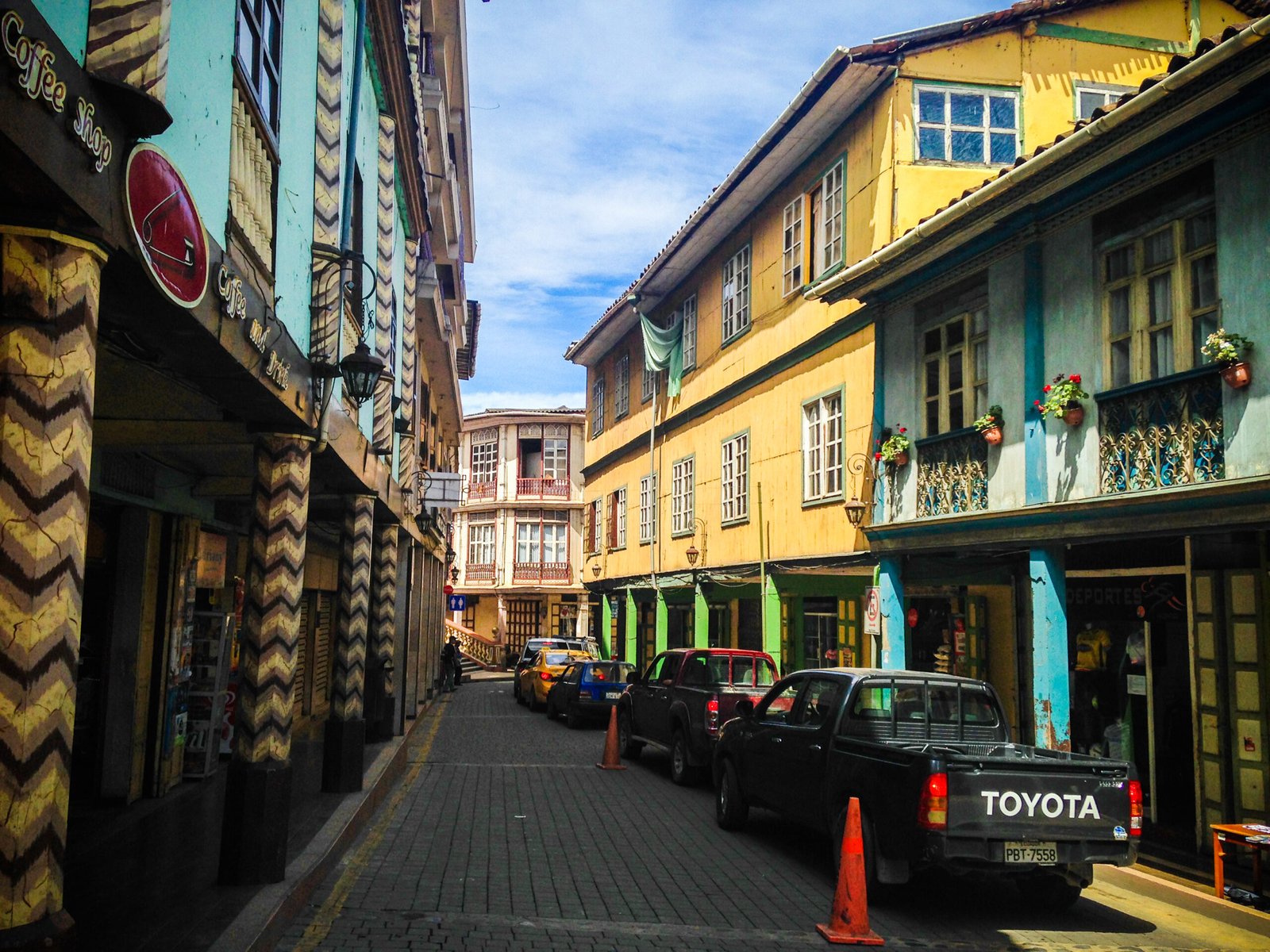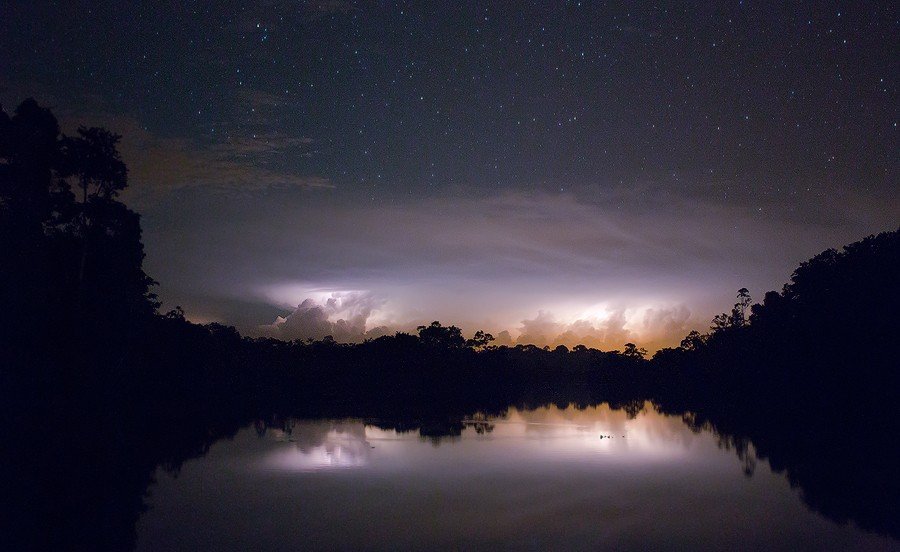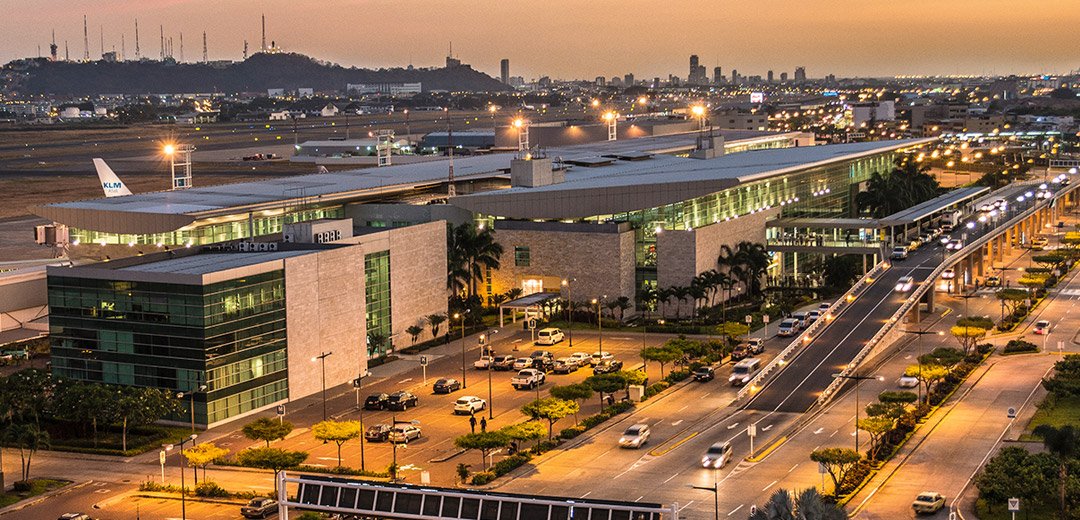Guayaquil's General Cemetery is an open-air museum where you can admire beauty, art and history.
Words / Photos: Trail Forth Journal.
The oldest grave in what is now Guayaquil’s Patrimonial Cemetery is No. 308, belonging to Juana Rosa Julia Correa y Pareja, a girl buried when she was only one year old, on 13 November 1831. However, she was not the first to occupy the city’s pantheon, as the city was officially founded on 27 April 1823.
During colonial times, it was customary to bury the deceased in temples or small cemeteries, which led to inconveniences and complications. Therefore, an area in the north of the city was earmarked for the construction of a cemetery. This is how the cemetery came to be located between the foot and slopes of the Cerro del Carmen. It was extended along Julián Coronel Street near several hospitals, old people’s homes and the mortuary.
Julio Jaramillo’s Mausoleum in the Guayaquil’s Patrimonial Cemetery
Guayaquil's General Cemetery.
Choose one of the activities you can do near Guayaquil's General Cemetery.
The richness of Guayaquil's cemetery.
The patrimonial cemetery stands out for the white colour of its important architectural ensemble, which consists of mausoleums, altars, terraced vaults and underground tombs. There are about 400 sculptures by various Italian artists, including Pietro Capurro and Enrico Pacciani. Each of the works has a heterogeneous design and geometry, some of them accompanied by arches, columns, statues and marble elements.
The works that stand out the most are those by Pacciani, both for their beauty and for the precision of the details. One of his most emblematic works is called by visitors “The Kiss of the Angel”, which is part of the tomb of Celeste Graciela Castillo, daughter of the former director of Diario El Telégrafo in 1897, and bears an epitaph that reads: “She lived adored, she died dreaming”. He also created other sculptures such as the tomb of Ismael Pérez Pazmiño, founder of Diario El Universo, which rests next to his wife, whose tombstone bears an epitaph with an oath that her husband ends with the phrase “Even in the grave my bones will love you”, an oath that was later set to music as Pasillo.
Guayaquil’s patrimonial cemetery has a cenotaph of the important Ambateño writer Juan Montalvo. He died in 1889, when his cacao friends decided to transfer his mortal remains from France to Guayaquil. But it was not until 1932 that his remains were transferred to his hometown of Ambato.
Life and death, good and evil.
There are important details to mention about the Guayaquil cemetery, such as that in the first stage there is an area for atheists, described in 1866, while in 1887 there is mention of the Protestant cemetery, built 200 metres from the Catholic cemetery. In the Guayaquil cemetery, the original floor tiles can be seen, reminiscent of a chessboard: black and white represent life and death, good and evil.












